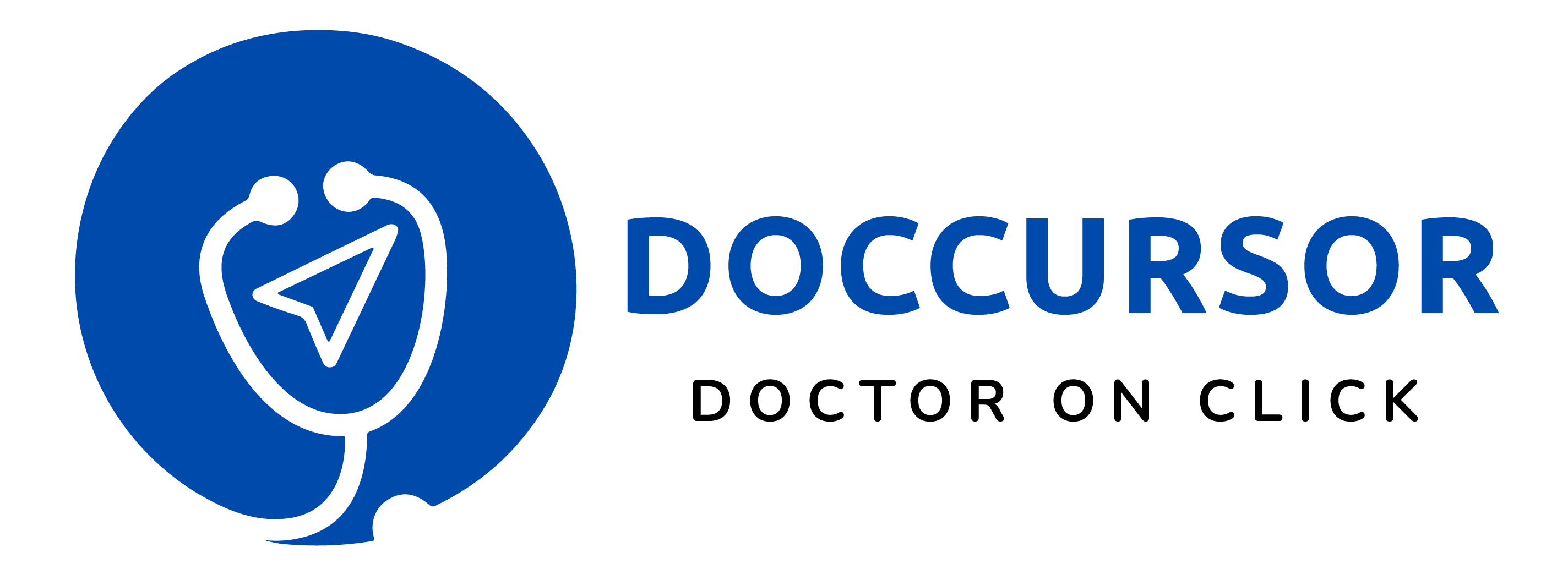Valvuloplasty
Angioplasty and Vascular Intervention
Angioplasty is a medical procedure designed to treat narrowed or blocked blood vessels, restoring blood flow and alleviating symptoms associated with vascular conditions.
Key Aspects of Angioplasty:
- Purpose and Scope:
– Angioplasty is a minimally invasive procedure aimed at opening narrowed or blocked blood vessels. It is commonly used to treat conditions such as atherosclerosis, where arteries become narrowed due to the buildup of plaque.
- Procedure Overview:
– During angioplasty, a thin, flexible tube called a catheter is threaded through blood vessels to the site of the blockage. A balloon attached to the catheter is inflated to widen the vessel, and in some cases, a stent (a mesh-like tube) may be placed to keep the vessel open.
Types of Angioplasty:
- Coronary Angioplasty:
– Focuses on the arteries of the heart, addressing blockages that may cause chest pain (angina) or heart attacks.
- Peripheral Angioplasty:
– Targets blood vessels outside the heart, often in the legs or arms, to improve blood flow and alleviate symptoms of peripheral artery disease (PAD).
- Carotid Angioplasty:
– Addresses blockages in the carotid arteries, which supply blood to the brain, reducing the risk of stroke.
Indications for Angioplasty:
- Coronary Artery Disease:
– Angioplasty is commonly used to treat narrowed coronary arteries, improving blood flow to the heart muscle.
- Peripheral Artery Disease:
– Peripheral angioplasty is employed to open blocked arteries in the legs, reducing pain and improving mobility.
- Carotid Artery Disease:
– Carotid angioplasty may be recommended to reduce the risk of stroke in individuals with significant blockages in the carotid arteries.
Procedure Steps:
- Catheter Insertion:
– A catheter is inserted through a small incision or via a blood vessel in the groin or wrist, guided to the site of the blockage using imaging techniques.
- Balloon Inflation:
– The balloon at the tip of the catheter is inflated, compressing the plaque against the artery walls and widening the vessel.
- Stent Placement:
– In some cases, a stent may be placed to provide structural support to the artery and maintain its openness.
Benefits and Considerations:
- Improved Blood Flow:
– Angioplasty helps restore normal blood flow through the treated vessels, reducing symptoms and improving overall cardiovascular health.
- Minimally Invasive:
– Angioplasty is a minimally invasive procedure, often performed on an outpatient basis, leading to quicker recovery compared to traditional surgery.
- Reduced Symptoms:
– For individuals experiencing chest pain, leg pain, or other symptoms related to blocked arteries, angioplasty can provide significant relief.
Recovery and Aftercare:
- Observation Period:
– Patients are typically observed for a short period after the procedure to monitor for any complications.
- Medication:
– Medications, such as blood thinners, may be prescribed to prevent clot formation and maintain blood flow.
- Lifestyle Changes:
– Adopting a heart-healthy lifestyle, including regular exercise, a balanced diet, and smoking cessation, is crucial for long-term vascular health.







